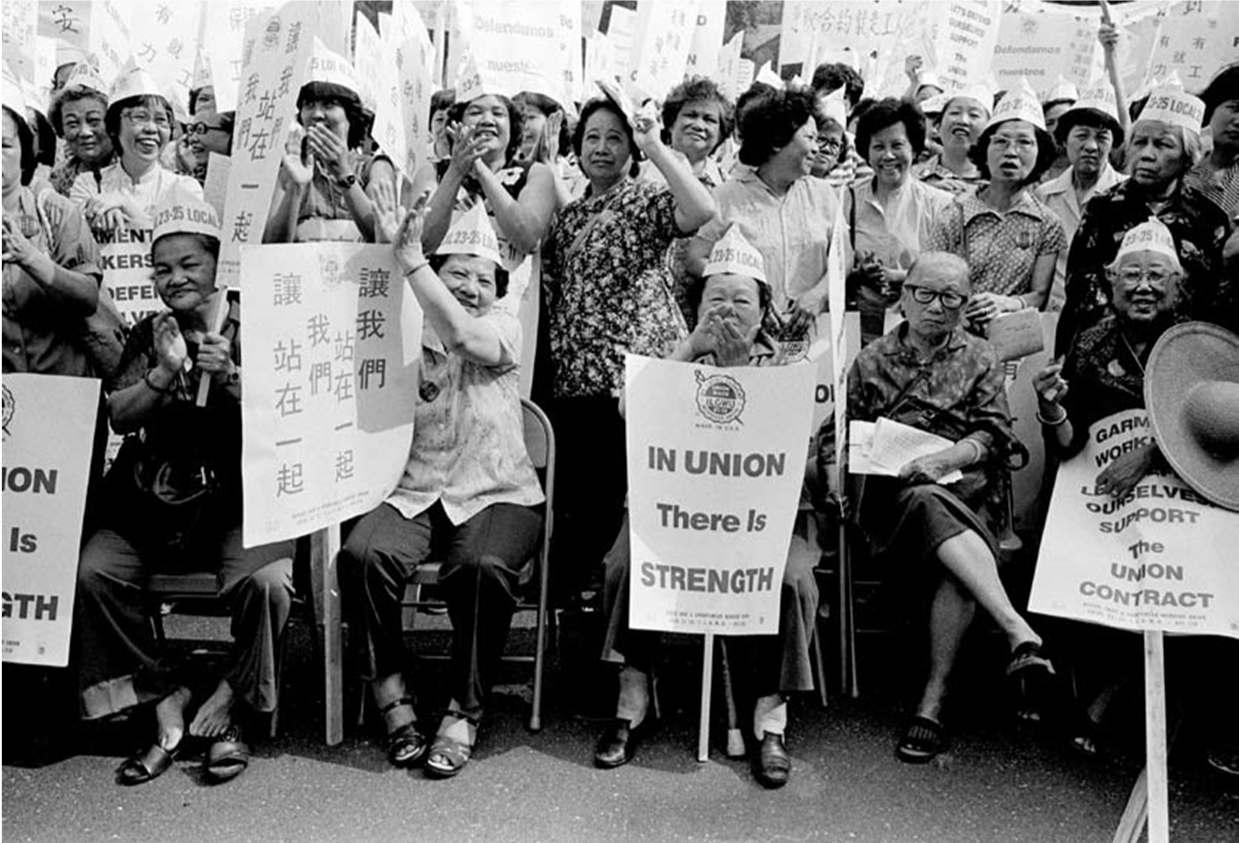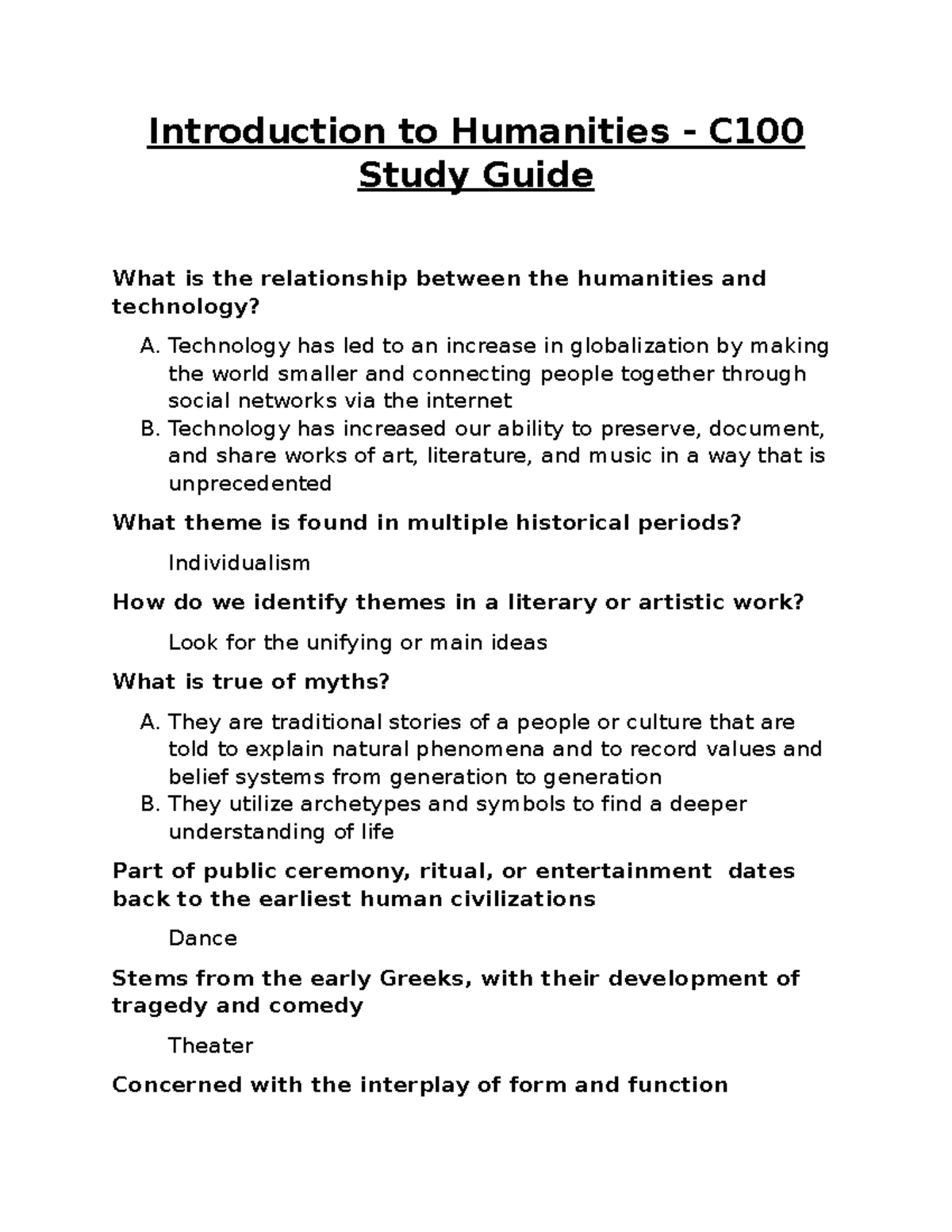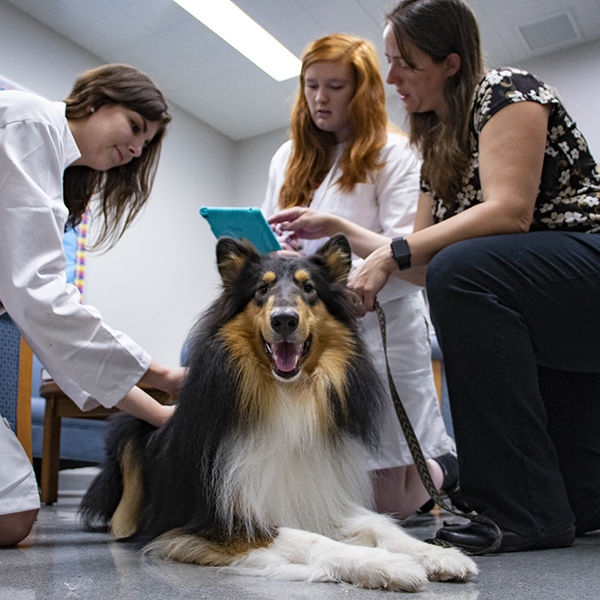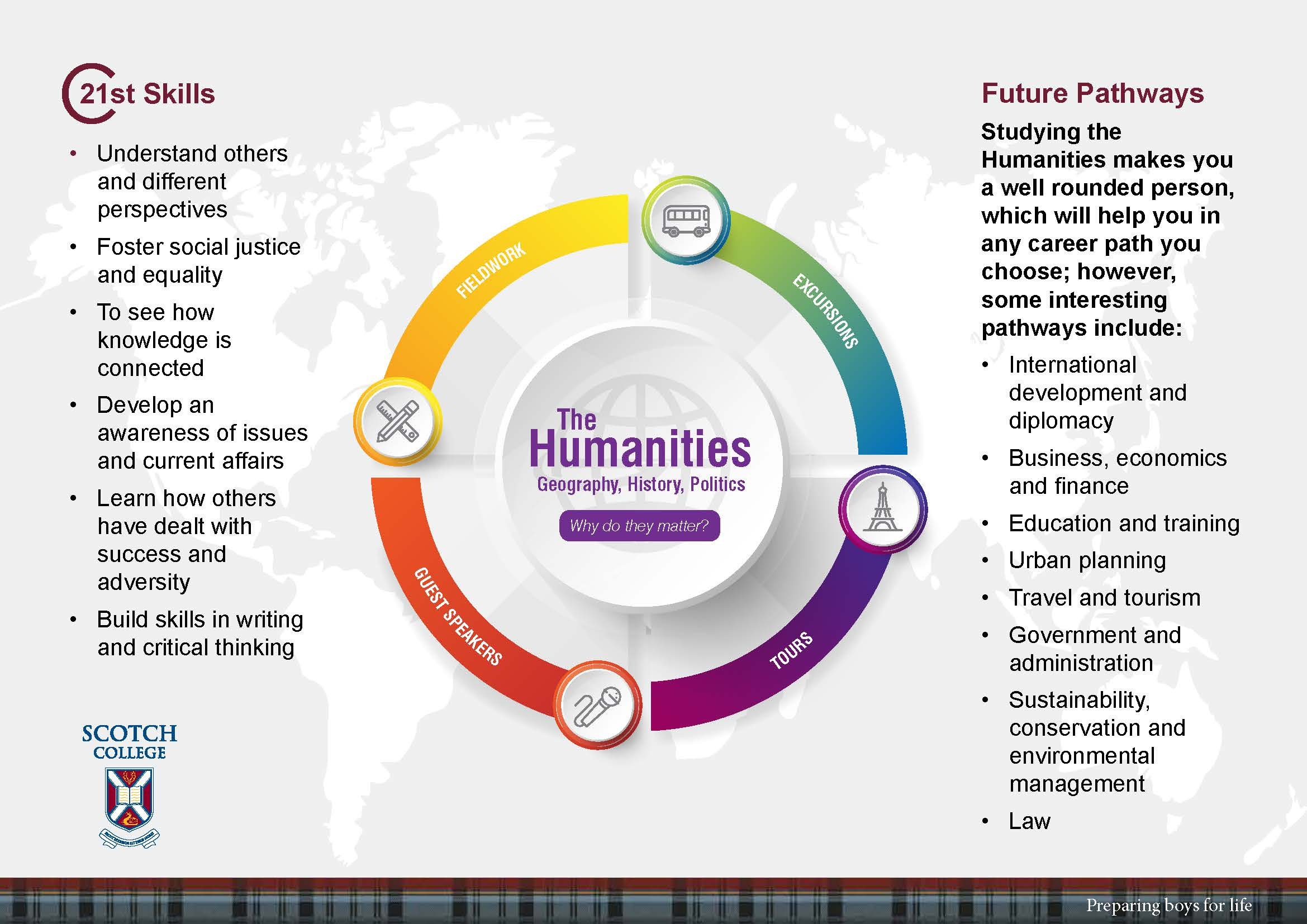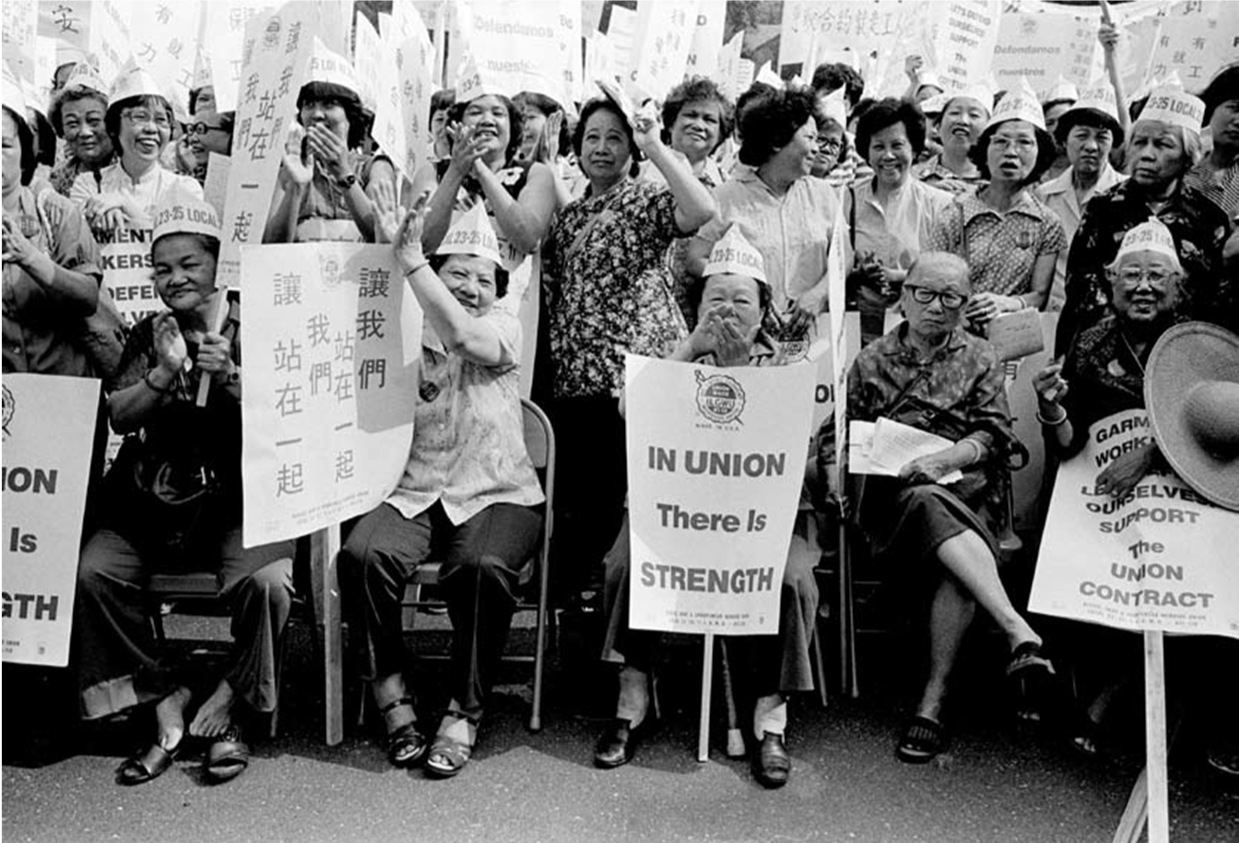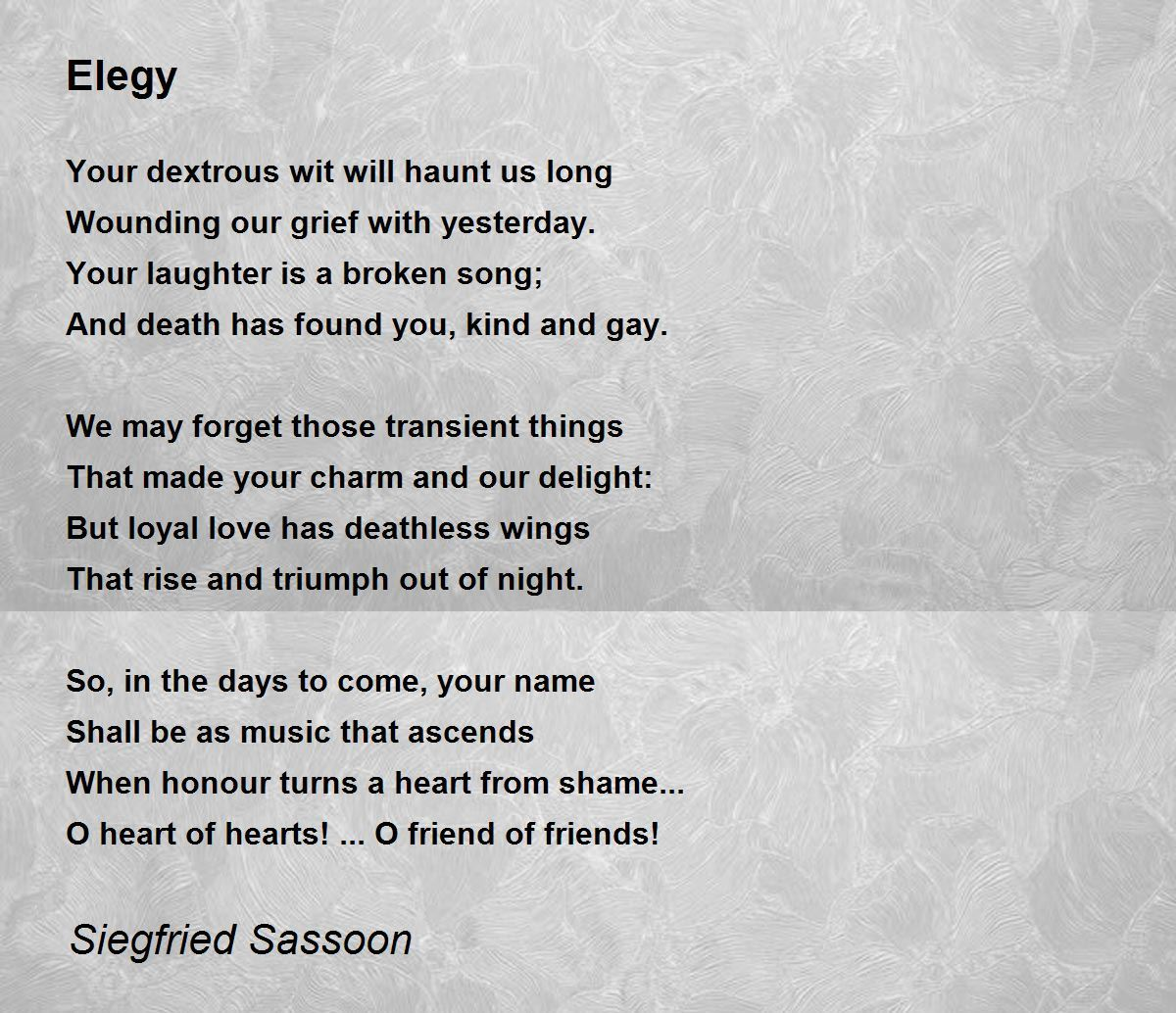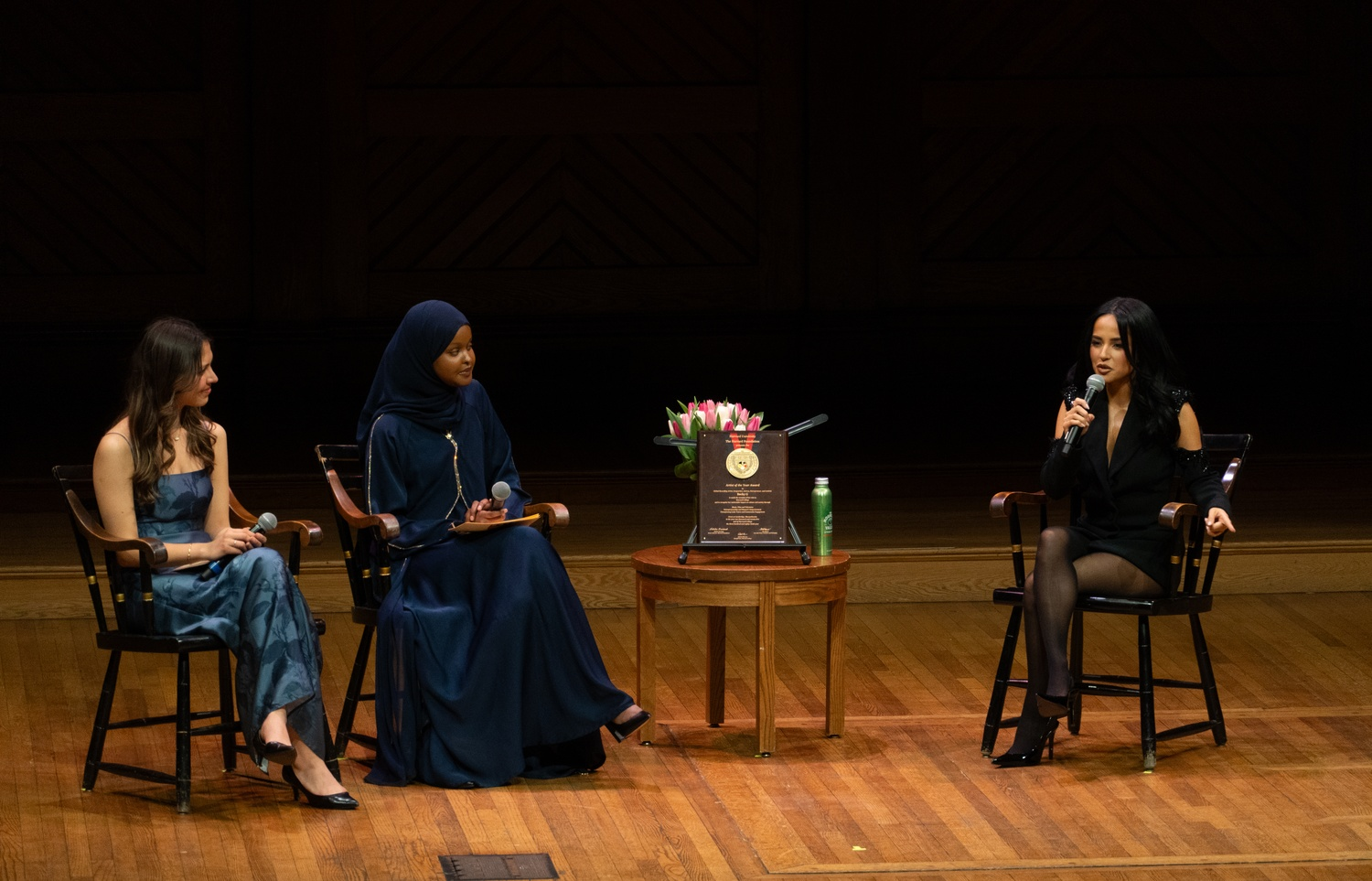Asian American Women’s History Explored in New Exhibit
Asian American women’s history is a rich tapestry woven from the threads of struggle, resilience, and cultural contribution. Despite their significant roles, the stories of these women have often been sidelined, leading to a troubling invisibility within mainstream narratives. The Schlesinger Library exhibit, “Illuminate: Contextualizing Asian American Women’s Stories Through the Archives,” aims to illuminate these overlooked histories through archival research and curated artifacts. From the haunting images of Ainu and Visayan women displayed at the 1904 St. Louis World’s Fair to their own narratives, the exhibition showcases historical storytelling often neglected by traditional historical accounts. By engaging with these powerful stories, we gain a deeper understanding of the complexities surrounding Asian American women’s experiences and the urgent need to include them in the broader historical discourse.
The exploration of the experiences of women of Asian descent in America reveals a narrative often shrouded in silence and marginalization. This crucial aspect of history, which captures the lives and contributions of Asian American females, is essential for a comprehensive understanding of American identity. Through various forms of historical storytelling, including artifacts and personal accounts, efforts are being made to recover the legacies of these women. Many have suffered from a lack of visibility, their voices lost amidst the broader historical context. By examining these intertwined histories, we not only honor their efforts but also challenge prevailing narratives that tend to overlook the significant impact of Asian American women on society.
The Importance of Asian American Women’s History
Asian American women’s history is often overlooked in mainstream narratives, leading to a significant gap in the broader context of American history. The new exhibition at the Schlesinger Library, “Illuminate: Contextualizing Asian American Women’s Stories Through the Archives,” seeks to rectify this oversight. Curated by Victor Betts, the exhibit draws attention to the stories of Asian American women who have historically been marginalized, presenting artifacts and materials that span 150 years. This retrospective encourages audiences to reassess their understanding of women’s roles within the American historical framework and acknowledges the rich histories that deserve to be highlighted.
By showcasing the often-ignored contributions and struggles of Asian American women, the exhibition provides a space for their voices to resonate in contemporary discussions. Artifacts like photos of Ainu and Visayan women from the 1904 World’s Fair serve as poignant reminders of how these women were commodified and rendered invisible. As society becomes more aware of these narratives, it helps to build a more inclusive historical discourse that recognizes the importance of all ethnic groups in shaping America’s past.
Archival Research and Storytelling
Archival research is pivotal in unveiling the intricate stories of Asian American women, often buried under layers of historical neglect. The collaboration between students and archivists at the Schlesinger Library embodies the concept of historical storytelling, allowing fresh perspectives on longstanding narratives. As students engage with the archival materials, such as the legal case of Ah Fong, they illuminate the courageous acts of women who fought for their rights at a time when their stories were largely untold. This process not only educates the current generation about these historical figures but also empowers them to follow in their footsteps.
The exhibit serves as a model for conducting thorough and respectful storytelling through archival research. By examining documents and artifacts that represent the lives of Asian American women, students learn the importance of every detail in reconstructing a narrative. The exhibit challenges them to question the erasure and hypervisibility of certain figures within the historical record, fostering a more nuanced understanding of how cultural hierarchies affect the stories we tell.
Challenging Historical Erasure
The concept of erasure is central to the narratives of Asian American women, as highlighted by the exhibit at the Schlesinger Library. Countless stories have remained hidden or have been replaced by caricatures and stereotypes, leaving behind a historical void that is only now beginning to be filled. The exhibition poignantly addresses this issue by presenting materials that expose the complexities of Asian American women’s experiences. Through thoughtful displays and discussions, viewers are prompted to confront the discomforting reality of how many women have been historically forgotten.
Artists like Shaina Lu, who collaborate with archival projects, also help to reclaim visibility for these narratives. By creating artwork that interprets and contextualizes these stories, they encourage a dialogue about the importance of representation in historical storytelling. This challenge to historical erasure is crucial in understanding the broader implications of events like the Chinese Exclusion Act and Japanese American internment, which have deeply affected the lives of many Asian American women and continue to resonate today.
Celebrating the Contributions of Asian American Women
The contributions of Asian American women to the fabric of American society are often overshadowed by mainstream narratives that prioritize other voices. The exhibit at the Schlesinger Library aims to change this by showcasing the activism and leadership of these women throughout history. Local artists and archivists emphasize that many Asian American women led critical movements for justice and representation, often sacrificed their own visibility for the benefit of their communities. By honoring their legacy, the exhibition highlights the essential roles these women played in shaping social justice movements.
As the exhibit underscores, the stories of influential figures like Grace Zia Chu and Madhur Jaffrey are not just about individual success but represent the broader evolution of Asian American women’s narratives. Presenting these stories alongside political posters and zines helps foster a sense of pride and community among contemporary Asian American women. This celebration is not merely retrospective; it empowers a new generation to build on the achievements of their predecessors while advocating for ongoing visibility and recognition.
The Role of Education in Preserving Histories
Education plays a pivotal role in preserving and amplifying the stories of Asian American women, as evidenced by the collaborative course at the Schlesinger Library. Through this initiative, students are not only learning about historical precedents but also actively participating in the construction of historical narratives. By engaging with archival materials, they are equipped with the tools to challenge misconceptions and promote deeper understanding within their communities. This educational approach fosters a sense of responsibility to advocate for representation and inclusivity in historical discourse.
The course embodies the spirit of co-learning and co-creation, which has been emphasized by educators like Erika Lee and Victor Betts. Their approach serves as a model to inspire other classes and institutions to value the stories of marginalized groups. By prioritizing Asian American women’s history in curricular discussions, educators can help bridge the gap in historical narratives, ensuring that their contributions are remembered and celebrated in future generations.
The Impact of COVID-19 on Asian American Women
The COVID-19 pandemic has brought to light the challenges faced by Asian American women, illuminating long-standing issues of discrimination and violence. The Schlesinger Library exhibit relates these modern struggles to historical contexts, drawing parallels that highlight the resilience of Asian American women throughout adversity. The pandemic has exacerbated existing biases, making the stories of these women more urgent and relevant than ever. By situating current events within a historical framework, the exhibit encourages viewers to understand the complexities of identity and race in America.
As artists and activists push back against these negative narratives, they illustrate the ongoing fight for justice and recognition. The experiences of Asian American women, particularly during times of crisis, reflect their strength and determination to stand against injustice. Highlighting their stories through exhibits and public discussions serves not only to honor their resilience but also to empower future generations to confront discrimination and advocate for their rights.
Collaborative Efforts in Archival Research
The collaborative spirit of the Schlesinger Library’s initiatives brings together students, archivists, and historians to delve deeply into Asian American women’s historical narratives. This partnership is crucial for uncovering underrepresented stories that traditional historical narratives have overlooked. By working collectively, participants share diverse perspectives, enriching the research process as they analyze artifacts and documents that reveal the complexities of identity and cultural history. Such collaborations serve as a model for how educational institutions can harness the power of teamwork to enhance historical understanding and engagement.
As students investigate these archives, they contribute to a growing body of work that seeks to make invisible stories visible. Their research opens pathways for connection and empathy, allowing them to explore not only the personal histories of Asian American women but also the systemic challenges they have faced. This collaborative effort highlights the importance of inclusivity in scholarship, ensuring that a diversity of voices is acknowledged in narratives about American history.
Art and Activism: A Voice for Change
Art has long served as a powerful form of activism, and the exhibit at the Schlesinger Library effectively showcases how contemporary artists utilize their medium to address the historical silences surrounding Asian American women. By integrating art into the exhibition, curators emphasize the transformative power of creative expression. Artists like Shaina Lu use their talents to echo the experiences of those historically rendered invisible, creating a dialogue that fosters both recognition and reflection among audiences. Art becomes a vehicle to champion social justice and elevate the stories that deserve to be told.
Moreover, the intersection of activism and art amplifies the voices of Asian American women in poignant ways. This exhibit illustrates that the role of artists is not only to create but also to challenge societal norms and push for change. By presenting artworks alongside archival materials, the exhibit creates a dynamic space for conversations about identity, representation, and resilience. The partnership of art and activism exemplifies how cultural work can reshape historical narratives while empowering marginalized communities.
Future Directions for Asian American Women’s Histories
The future of Asian American women’s histories lies in the continued effort to uncover and share untold stories. As the Schlesinger Library and other institutions work to expand their collections, there is a growing emphasis on intentionality in collecting these significant narratives. Archival research will play an essential role in shaping how future generations perceive and understand the complexities of Asian American women’s experiences. This proactive stance allows us to confront historical inaccuracies and reassess the value placed on marginalized voices within a broader historical context.
The dialogue initiated by the exhibition and supporting educational programs establishes a foundation to inspire future scholars. By encouraging critical thinking around the themes of erasure and representation, these initiatives foster an interest in preserving and exploring Asian American women’s histories across various disciplines. As more individuals engage with these stories, there is hope for an enriched understanding of how these women’s legacies continue to impact society today, paving the way for future generations to relay their narratives with clarity and pride.
Frequently Asked Questions
What is the significance of the Schlesinger Library exhibit on Asian American women’s history?
The Schlesinger Library exhibit titled ‘Illuminate: Contextualizing Asian American Women’s Stories Through the Archives’ is significant because it sheds light on the largely invisible past of Asian American women. By showcasing artifacts and narratives spanning 150 years, the exhibit challenges viewers to reconsider the roles Asian American women have played in history, emphasizing their contributions which have often been overlooked.
How does the Schlesinger Library exhibit address the invisibility of Asian American women in history?
The Schlesinger Library exhibit confronts the invisibility of Asian American women by presenting archival research and narratives that have previously been marginalized. It includes images and stories that highlight the experiences of these women, such as those displayed as ‘living exhibits’ at the 1904 World’s Fair, urging audiences to reflect on historical storytelling and the need for greater visibility and representation in American history.
What role do students play in the exploration of Asian American women’s history at the Schlesinger Library?
Students play a crucial role in exploring Asian American women’s history at the Schlesinger Library by participating in a collaborative course where they engage in archival research. They examine historical materials to uncover stories of Asian American women that have been forgotten or misrepresented, contributing to a deeper understanding of their impact on various societal issues.
How does the exhibit ‘Illuminate’ engage with historical storytelling related to Asian American women?
The exhibit ‘Illuminate’ engages with historical storytelling related to Asian American women by curating a diverse collection of artifacts that encapsulate their stories over the past 150 years. Through contextualization within critical historical events—such as the Chinese Exclusion Act and Asian American internment—the exhibit fosters a narrative that integrates these women’s experiences into the broader tapestry of American history.
What can be learned about the archival research process regarding Asian American women’s history from the Schlesinger Library exhibit?
The archival research process highlighted in the Schlesinger Library exhibit teaches that many Asian American women’s stories have been systematically overlooked in historical records. It showcases the importance of diligent research in uncovering these narratives, often using underrepresented sources that reveal the complexities of Asian women’s experiences. This emphasis on archival exploration is vital for embedding their stories within mainstream historical accounts.
Why is it important to address the marginalization of Asian American women’s stories?
Addressing the marginalization of Asian American women’s stories is crucial because it acknowledges their significant contributions to American history that have been historically excluded. Recognizing and amplifying these narratives enriches our understanding of the past, promotes inclusivity, and allows for a more comprehensive view of American identity that integrates diverse experiences and perspectives.
What are some contemporary examples of Asian American women telling their own stories, according to the Schlesinger exhibit?
The Schlesinger exhibit features contemporary examples of Asian American women telling their own stories, such as the donated archives of renowned chefs and cookbook authors like Grace Zia Chu and Madhur Jaffrey. Their narratives reflect a shift towards self-representation, contrasting with earlier generations who lacked the platforms to share their experiences authentically.
How does the exhibit ‘Illuminate’ reflect on anti-Asian violence and its historical context?
The exhibit ‘Illuminate’ reflects on anti-Asian violence by placing Asian American women’s experiences within the larger historical context of systemic discrimination, particularly referencing events like the COVID-19 pandemic. By connecting past injustices with current challenges, the exhibit encourages viewers to understand the ongoing struggles faced by Asian American communities and the importance of solidarity against violence and discrimination.
| Key Points | |
|---|---|
| Exhibition Title: Illuminate | Focuses on Asian American women’s history |
| Historical Context | Showcases materials from 150 years, addressing erasure and visibility |
| Collaboration | Students and archivists collaborated to research and present stories |
| Notable Artifacts | Includes photos from the 1904 World’s Fair, highlighting marginalized narratives |
| Legal Milestones | Research on Ah Fong’s case reflects on immigrant women’s legal struggles |
| Current Relevance | Draws connections to contemporary issues such as anti-Asian violence |
| Exhibition Duration | On display until January 23, 2026 |
Summary
Asian American women’s history reveals the often overlooked narratives that significantly shape cultural and societal views today. The recent exhibition “Illuminate: Contextualizing Asian American Women’s Stories Through the Archives” at the Schlesinger Library shines a much-needed light on these histories, encouraging a deeper understanding of the roles women played throughout the past 150 years, especially against societal backdrops like the Chinese Exclusion Act and other significant historical events. This effort underscores the importance of acknowledging and preserving the stories of Asian American women, which have been relegated to the margins of mainstream history. By utilizing archival materials, students and scholars are finally bridging the gap and inviting audiences to re-examine preconceived notions about Asian American women’s contributions in history.
